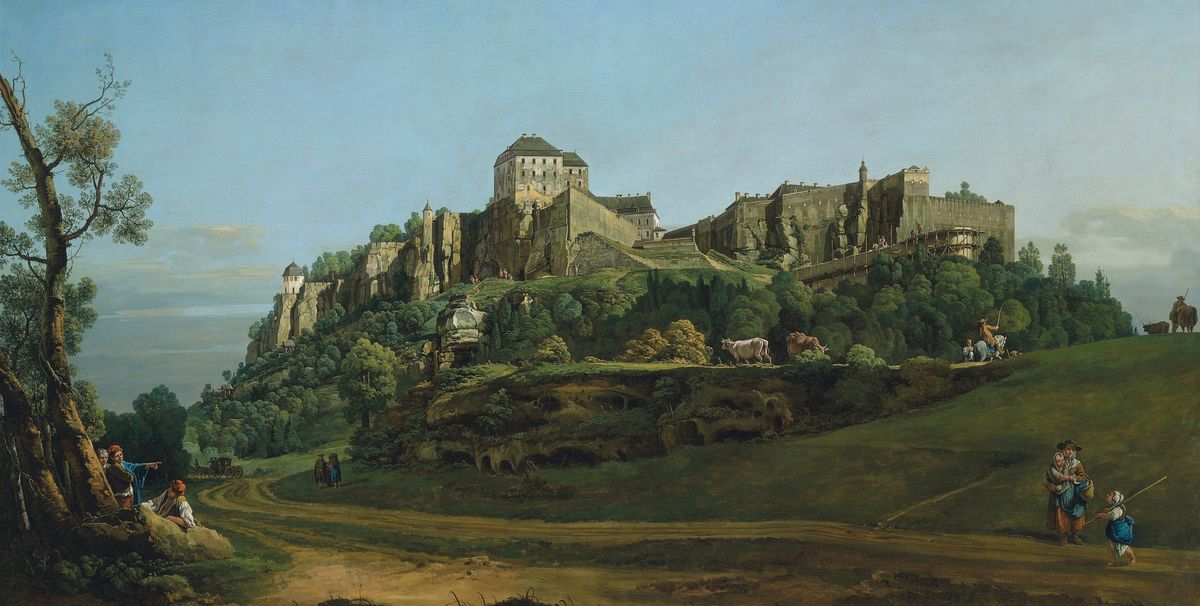The National Gallery is trying to buy an £11m export-deferred Bellotto landscape, The Art Newspaper can reveal. This follows the London gallery’s recent failure to secure a Pontormo portrait, a result described by its director, Gabriele Finaldi, as “tremendously disappointing”, after a matching offer was refused by the US owner, Tom Hill.
The Bellotto, depicting the Fortress of Königstein from the North (1757), was recently sold by the Earl of Derby to a foreign buyer, who is believed to be another US collector. The Earl has until recently owned two of Bellotto’s depictions of Königstein, with separate views from the North and South, which have been in his family since 1834. In 2015 he seemed to have sold them both, since an export licence application was submitted for the pair. However, after it was recommended that a licence should be deferred to allow a domestic buyer to match the price, the application was abruptly withdrawn.
Last year a new application was submitted for just the view from the North, the finer of the pair (the view from the South remains with the Earl). This export licence was deferred until February 2017, to allow a UK buyer to match the price. The National Gallery owns only one Bellotto, a much earlier Venetian canal scene (about 1740s), and it has long been interested in acquiring The Fortress of Königstein from the North. The gallery therefore privately informed the Reviewing Committee on the Export of Works of Art that it hoped to raise the funds. The export licence has been deferred again until 17 August.
The National Gallery’s decision to go for the Bellotto follows the recent debacle over a £31m Pontormo portrait, when the US buyer Tom Hill refused to accept a matching offer after an UK export licence was deferred. The Pontormo situation has raised concerns that the gallery could be thwarted again.
There are two potential problems with the Bellotto. First, it is not yet clear whether the normal tax concession on a sale to a UK public collection might be available on the Bellotto. If it is, this could effectively reduce the price for the National Gallery and save up to several million pounds. Secondly, there are concerns whether the foreign owner of the Bellotto would definitely accept a matching offer, particularly if there is an unfavourable fluctuation in the dollar-sterling exchange rate.
A National Gallery spokeswoman said in last March that it “never comments on paintings it may or may not be interested in purchasing”.


